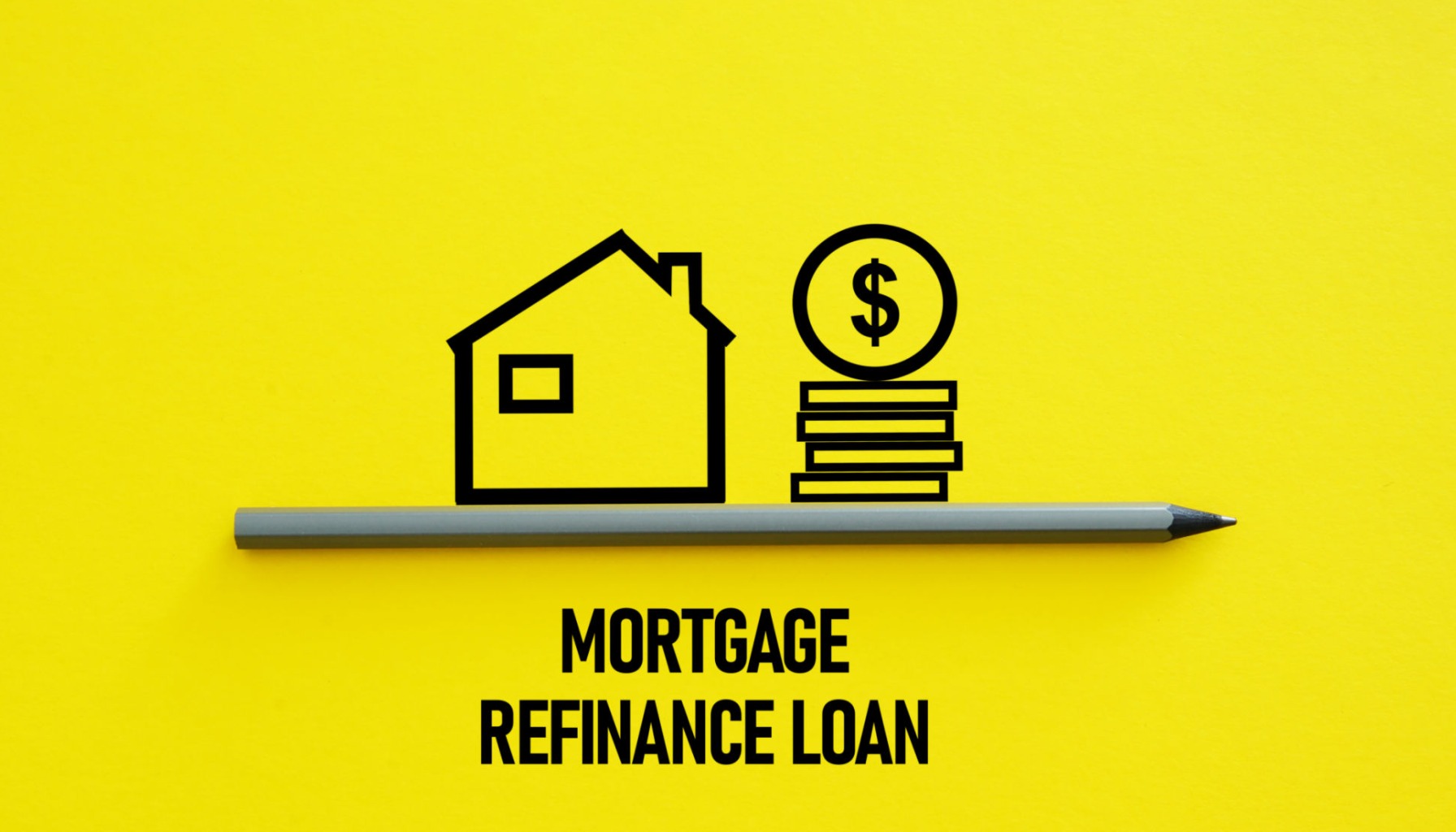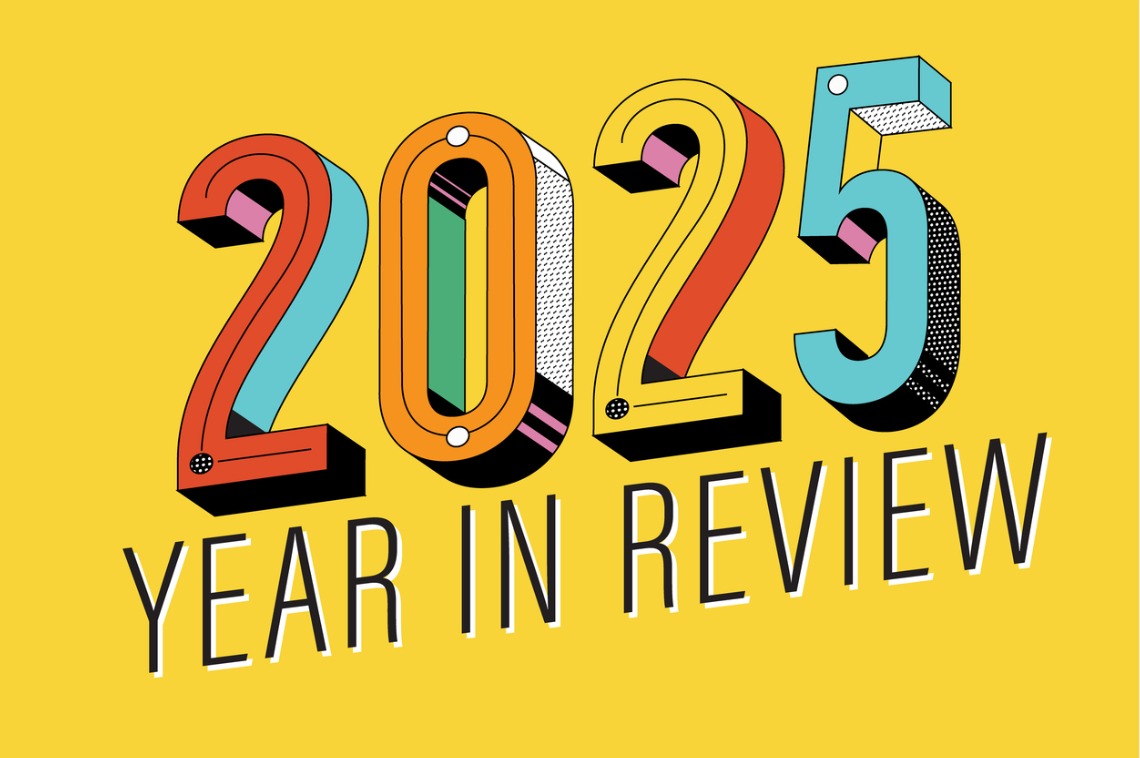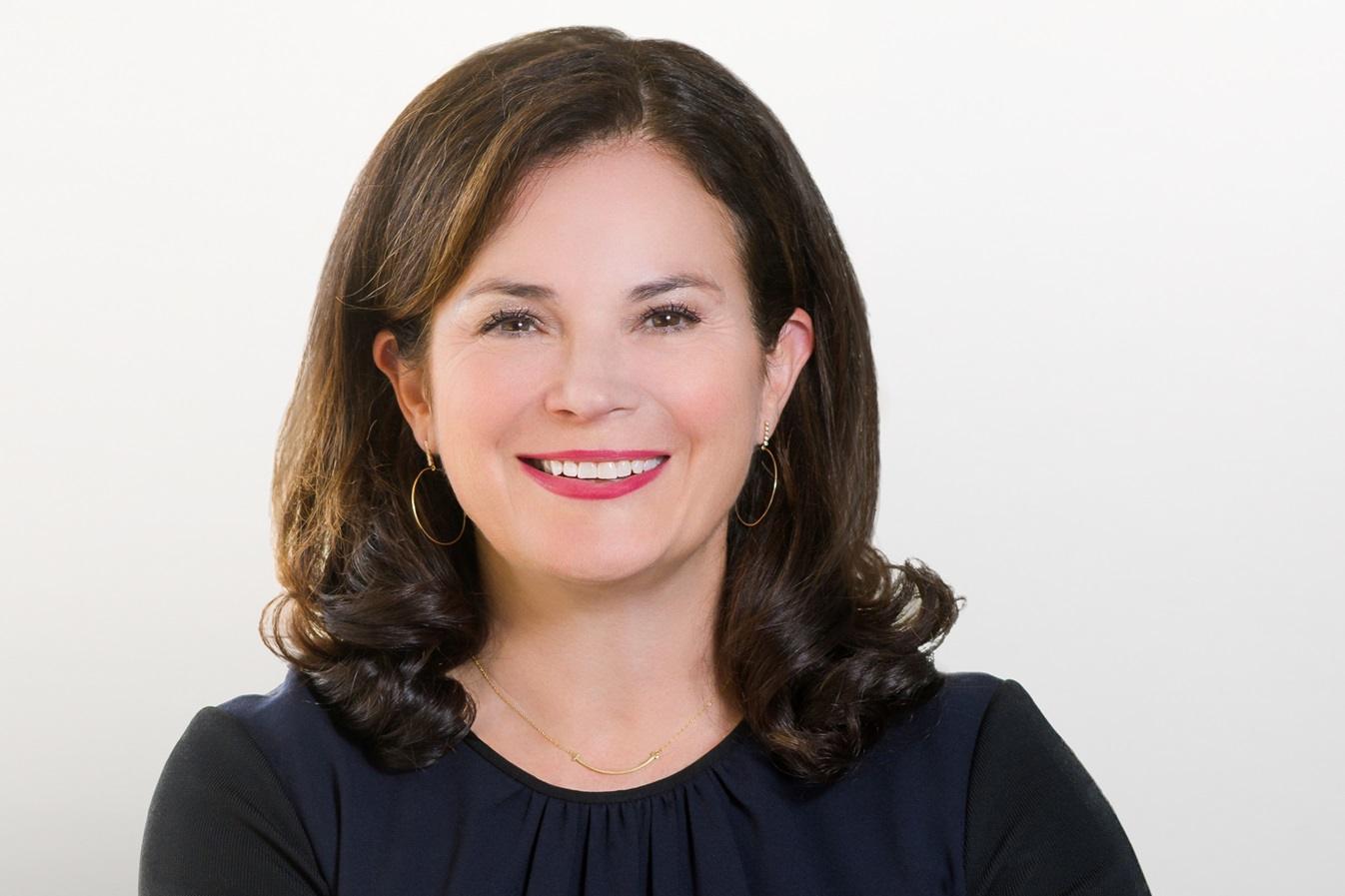I
f you’re weighing a refinance, the latest snapshot is this: on Oct 4 2025, Zillow lists the national average for a 30‑year fixed refinance at 7.13%, a 10‑basis‑point rise from the prior week. The 15‑year fixed rate climbed 30 basis points to 6.10%, while the 5‑year ARM moved up 2 basis points to 7.41%.
| Loan type | Current rate (Oct 4) | Previous rate | Change (bps) |
|-----------|---------------------|---------------|--------------|
| 30‑year fixed | 7.13% | 7.03% | +10 |
| 15‑year fixed | 6.10% | 5.80% | +30 |
| 5‑year ARM | 7.41% | 7.39% | +2 |
A basis point equals 0.01 %. Thus a 10‑basis‑point increase is a 0.10 % jump—small in headline terms but significant over a loan’s life.
**Why rates shift**
Mortgage rates are influenced by several intertwined forces:
- **Economic health**: Strong employment and spending push rates up; a sluggish economy can pull them down to spur borrowing.
- **Inflation**: Rapid price rises prompt the Fed to raise rates to cool the economy.
- **Federal Reserve policy**: The Fed sets the federal funds rate, which cascades to other rates, including mortgages.
- **Global events**: International downturns or health crises can ripple into U.S. rates.
- **Investor sentiment**: Confidence drives risk‑seeking and can lower rates; fear pushes investors toward safe assets, raising rates.
**Fed’s recent move and its ripple effects**
On Sep 17 2025, the Fed cut its benchmark rate by 0.25 %, moving the target range from 4.25‑4.50 % to 4.00‑4.25 %. This was the first cut after a pause in 2025 and followed three cuts in late 2024. Despite this, the 30‑year refinance rate rose. The connection lies in the 10‑year U.S. Treasury yield, a key benchmark for 30‑year mortgages. Lenders typically add 1‑2 % to the 10‑year yield to cover risk. The spread remains above 2 %, keeping mortgage rates high. Inflation remains stubborn (Core PCE rose 2.9 % YoY in August), so the Fed may hesitate to cut further. Meanwhile, Q2 2025 saw solid growth (real GDP up 3.8 % annualized), giving the Fed some flexibility. Market expectations also play a role; a rate decline can spur rate‑locked homeowners to sell, increasing inventory.
**Practical tips for borrowers**
- **Shop widely**: Compare offers from multiple lenders; the first quote isn’t always best.
- **Check credit**: A higher score can secure a lower rate.
- **Match loan to stay**: If you plan to move soon, an adjustable‑rate mortgage may be cheaper; for long‑term stability, a fixed‑rate is preferable.
- **Avoid market timing**: Predicting rate movements is nearly impossible; focus on a rate that fits your budget and risk tolerance.
**What to watch next**
- **Inflation data**: Upcoming PCE and CPI releases will guide Fed decisions.
- **Labor market**: Job growth trends can influence the Fed’s stance.
- **Yield‑rate spread**: A narrowing spread could signal lower mortgage rates.
**Bottom line**
Mortgage rates fluctuate due to a mix of economic indicators, Fed policy, and market sentiment. Staying informed, comparing lenders, and aligning your loan choice with your housing plans can help you secure the best possible terms.














